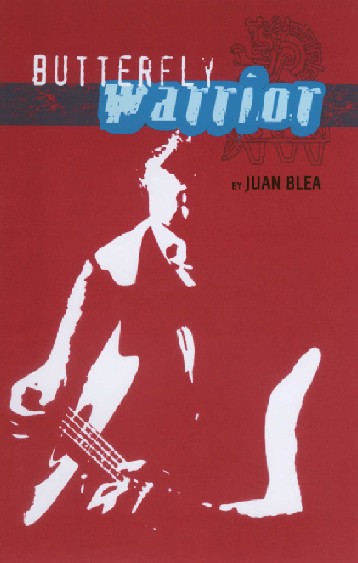
The reality is that there are hundreds of ways to treat a substance abuse problem. The challenge for practitioners is which is the best? For me, approaches that focus on client empowerment and establishing meaning through the client’s perspective tend to work the best. Therefore, this program details an approach to gathering that meaning by having clients look inward in an attempt to understand their behaviors using their own language and knowledge. The intent of this approach is for clients to gain power over their addiction: First through gaining awareness of the meanings underlying their symptoms; and, second, through then understanding the meanings such that they can then act upon them. Applying metaphor construction techniques provide the basis for deriving meaning because metaphors turn the abstract into something concrete.
I have been teaching this material in one way or another for approximately eleven (11) years. Its current state has emerged from: 1) seeing its impact within several distinct contexts; and, 2) my own evolution as a writer and as a teacher.
Though over the years I have taught in several different domains, two (2) circumstances have shaped this material more than any others: 1) teaching a poetic devices workshop through the Southwest Writers; and, 2) teaching a, Writing for Empowerment, workshop in the Rio Arriba Detention Center through Cedar Tree Inc.
The reality about my life is that, regardless of anything else I have done and continue to do, writing has been the one constant theme. In 2006, my novel, Butterfly Warrior, hit the streets. When I was young and dreamed of writing a book, it never even occurred to me that there could be a difference between writing a book and selling a book. Though writing it was a challenge, selling Butterfly Warrior proved to be among the most difficult endeavors I’ve ever undertaken. Readings, book signings, panel discussions, and seminars all proved to require energy and focus that I didn’t even know I had. Writing become less about expression and more about maintaining the level of focus needed to push a book.
The path of selling Butterfly Warrior (Blea, 2006) led me to places I never even knew I wanted to go. For example, the Southwest Writers Workshop asked me to lead a workshop about the lyricism within my novel. While I agreed, I didn’t know at the time just how much that one workshop would change my life. The gist of the workshop was that, for me, lyricism naturally flowed from the meaning of the topic carried throughout the novel. While the book is “sci-fi mystery,” it is heavily-laden with Chicano/Aztec Mythology. The meaning of my culture was where the lyricism lived. Therefore, I taught the attendees that if they could find something meaningful on which to base their work, the lyricism and poetry should follow.
I learned more about the power of writing during that one workshop that I had in all the years before: There was an elderly woman of Japanese descent attending the workshop who wanted to understand “poetic methods.” She did all the exercises and once we had completed the workshop, she allowed me to read what she had written: A story about how she and her family were loaded into a truck and placed in the Japanese Internment Camp on Alameda Street in Santa Fe. It was heartbreaking, but for her, it proved to be cathartic and she thanked me for having led her through the process of releasing the pain she had carried. The meaning of her heritage ripped through the pain of internment and carried her through some very dark days. However, it wasn’t until she saw her meaning of the internment camp that she was able to transform it from a symbol of oppression to a token of pride. She was then able to write a compelling story using the internment camp as the symbol to express the power of her heritage.

The second incident involved a nineteen (19) year old Hispanic male who was incarcerated for possession with intent to distribute a controlled substance. He wrote about a needle and how he both hated it and loved it. He hated it because it enslaved him within the shackles of addiction, but he loved it because it provided the heroin that took him away from his life. He preferred being in jail; for him, it was the only place where he had any type of structure. He never had the chance to have any type of structured life: His uncle shot him up when he was twelve (12) years old. My student never had a chance: His whole life had been lost to an addiction he didn’t choose. The needle in his poem represented the pain he pain he felt as well as the means to escape from the pain.
Therefore, the internment camp and the needle were powerful metaphors that taught me the capability this material provides the learner. So much so, in fact, that these two encounters provided the motivation for me to become an addiction counselor and teach writing tools as a means of empowerment. The metaphor, to me, is the most powerful tool there is.

